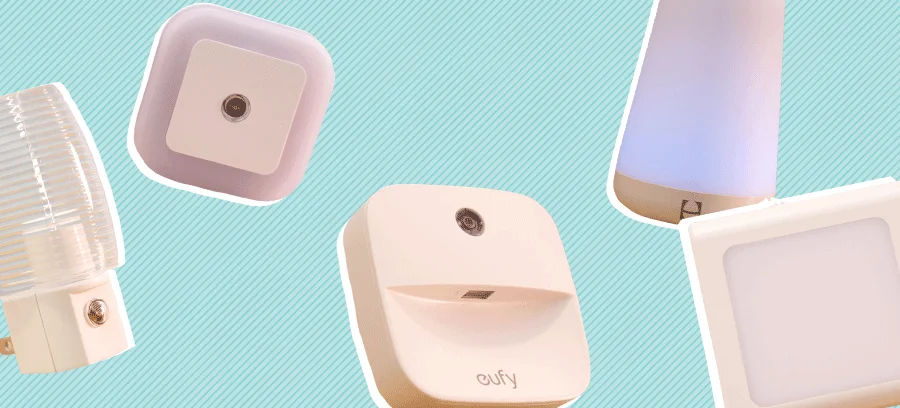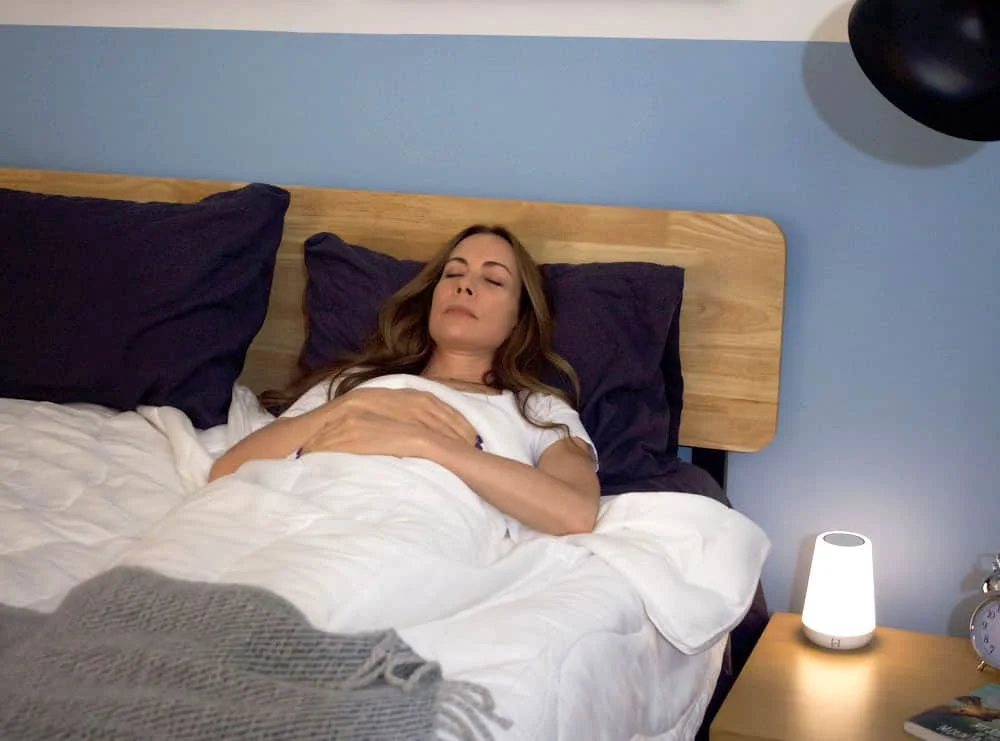A nightlight can be a soothing beacon on a dark night, leading the way to a bedroom or bathroom after lights out. Designed to be illuminating but not as bright as standard bulbs, nightlights can add a non-stimulating light in areas of the home where darkness isn’t desirable.
Search for a nightlight and you’ll find a wide variety of styles and price ranges. To help you pick the best nightlight for you, we put several bestselling brands to the test. Here are our favorites:

[wpcd_coupons_loop count=5 cat=’934′ temp=’tabledata’]
How We Picked
Nightlights tend to be an inexpensive purchase, but are important tools for safety and security. Though they come in a wide range of styles and sizes, all are designed to be used during nighttime hours when the main lights are turned off. When reviewing nightlights, I looked at some key factors that helped me assess and rank each model.

Lumens, or Wattage – Both lumens and wattage are measurements of the amount of visible light produced by a lightbulb. More lumens and higher wattage means the light is brighter. Before LED light technology, wattage was the most common way to measure brightness. LED lights now generate more brightness for less wattage, making lumens a more accurate measurement of how much light a nightlight produces.
Type of Light – LED nightlights are the most common type of nightlight due to their energy efficiency, brightness, and ability to remain cool during long-term use. LED nightlights vary in color and brightness, and may be dimmable or touch-activated. Older, incandescent bulb styles are still available, but are less common as they tend to be warm to the touch and not as energy efficient.
Blue light reducing nightlights provide illumination without emitting blue light, which can halt melatonin production and increase wakefulness during the night. Reduced blue light bulbs tend to be red, with higher lumens ratings.
Safety – Safety is paramount when choosing a nightlight. A night light that gets warm when plugged in may not be safe for continuous use, particularly near drapery or bedding. This issue is more common with older-style incandescent bulbs, while LED lights typically remain cool. Nightlights are usually limited to indoor use, and are not for use near water or open flames.
Impact on Sleep – Recent studies show that even dim light at night can interrupt production of the sleep-promoting hormone melatonin, disrupting sleep and potentially impacting health. Total darkness promotes the release of melatonin and may have a significant positive impact on overall health. It may be best to keep nightlights outside the bedroom to avoid all-night exposure. Dim red nightlights or those designed to prevent blue light emission could be a wise choice if you’re concerned about the effect of light exposure on sleep.
Style – Styles of nightlights include those that plug directly into an outlet and lamp-styles for nightstands or dressers. Nightlights may be sleek and low-profile, or larger and easier to spot in your home. While I’m partial to nightlights that blend into my decor, others may favor a light that is large and bright, or has a fun or interesting design.
When choosing a nightlight, consider color, material, and visibility in a room during daylight hours as well as at night. Some nightlights are rechargeable and work well in areas without electrical outlets. Others have dimmers, or the ability to activate the light by touch. These features are more common in larger, lamp-style nightlights that do not plug directly into an outlet.
Price – Nightlights range in price from a few dollars to significantly more depending on brand and style. Less expensive models do not typically allow for bulb changes, or offer features such as dimmers or touch-activation. Higher-end brands may offer light sensors, a variety of light colors, and on-off switches. Lower-priced nightlights can last for several years under ordinary usage, but may need to be disposed of when the bulbs burn out.
Sleepopolis Tips
Not sure which nightlight is ideal for you? Consider the following tips when making your choice:
- Where will use your new nightlight? A bedroom? Hallway? Near an exit door? A nightlight with higher lumens and longer life expectancy may be best for very dark areas or commercial spaces
- How bright does your nightlight need to be? You may prefer a dimmer model for a baby’s room and a brighter one to illuminate basement stairs
- Keep your sleeping patterns in mind. Consider a nightlight that doesn’t emit blue light, which can make falling back to sleep more difficult
- Don’t forget aesthetics. A nightlight doesn’t have to be unattractive. Some boast a sleek, modern design, while others fit nicely with more traditional decor
- Consider your health. Total darkness is associated with improved sleep, increased overall well-being, and a decreased risk of cancer. Using a nightlight outside the bedroom in a hallway or bathroom can offer safety and illumination at night with fewer risks to health

























